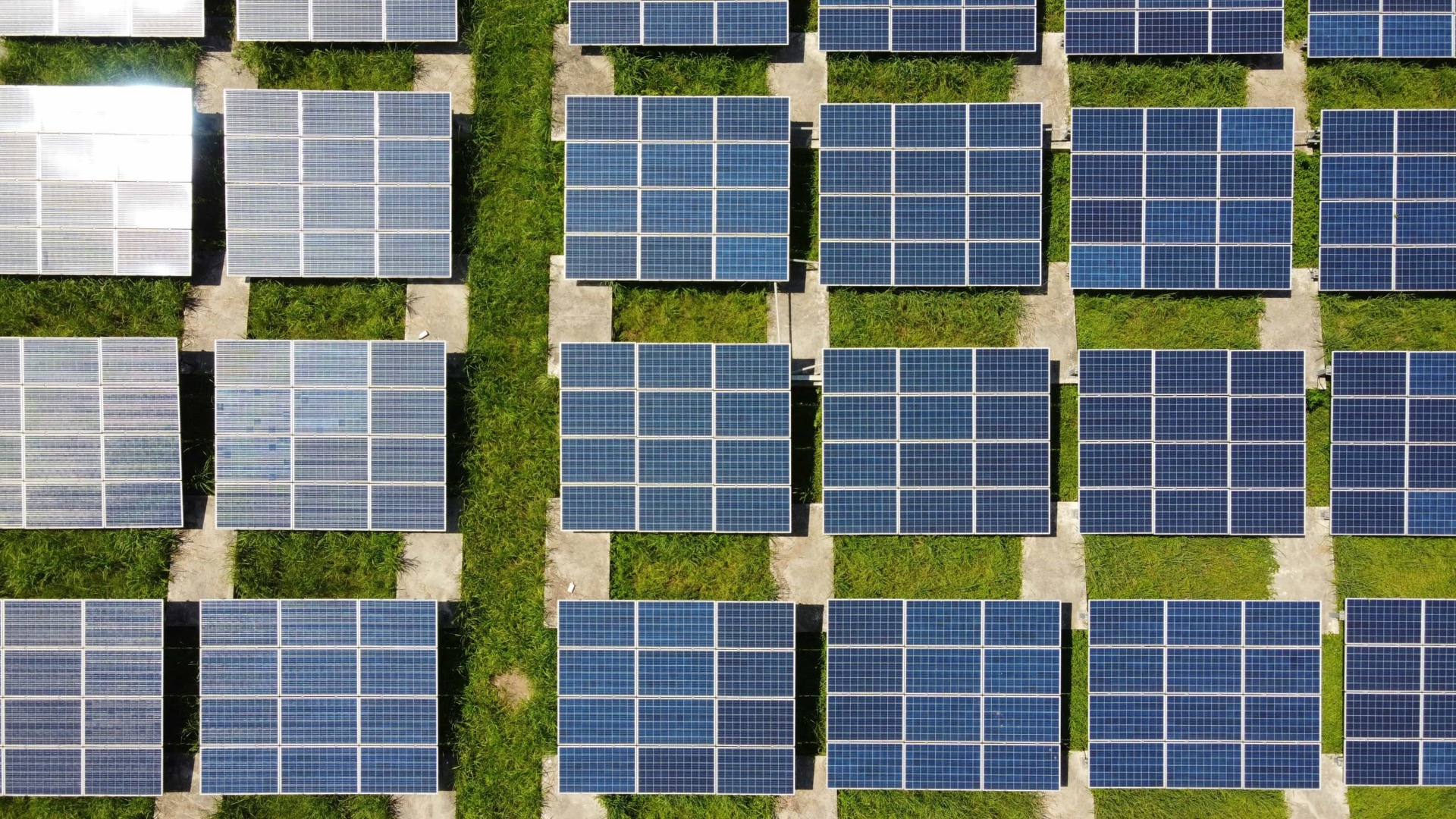As climate change intensifies, the risk of storm surges - temporary but destructive rises in sea level caused by severe storms - is growing for coastal communities worldwide. These surges can flood cities, destroy infrastructure, and endanger lives, making accurate predictions critical for designing defenses and planning for the future. However, traditional methods for predicting storm surges are time-consuming, expensive, and struggle to account for the rapidly changing conditions caused by climate change.
Now, a new study has developed a groundbreaking approach: an AI-driven surrogate model that can predict storm surges much faster and at a fraction of the cost of traditional methods. By combining artificial intelligence with data from existing high-fidelity simulations, the model provides accurate predictions even for evolving landscapes shaped by rising sea levels, land subsidence, and more intense storms. This innovation offers hope for vulnerable coastal communities by providing the tools to plan for a safer future.
The Growing Challenge of Storm Surges
Storm surges are among the most destructive impacts of severe weather, flooding entire regions and causing billions of dollars in damage annually. These events are worsened by climate change, which is causing sea levels to rise and making storms stronger and more frequent. For example, hurricanes can push massive amounts of seawater onto land, inundating low-lying areas. Coastal wetlands, which act as natural buffers, are disappearing in many regions, leaving communities even more exposed.
Accurate storm surge predictions are essential for designing infrastructure like levees, seawalls, and evacuation routes. However, traditional models, such as ADCIRC (a widely used storm surge simulation tool), require enormous computational resources to simulate scenarios. These simulations can take hours or even days, making it difficult to explore multiple possible futures or rapidly adapt to new conditions.
How the AI Model Works
The AI-driven surrogate model offers a faster, more efficient alternative. Using machine learning techniques, the model was trained on data from hundreds of synthetic storm simulations conducted in Louisiana, one of the U.S. regions most at risk from storm surges. These simulations included a wide range of variables, such as storm intensity, wind speed, landfall location, sea level rise, and changing landscape features like wetlands and levees.
By analyzing this data, the model learned to replicate the results of traditional simulations. Once trained, it could predict storm surges for new scenarios, including future conditions expected in 2030, 2050, and 2070. Testing showed the model achieved impressive accuracy, with predictions of peak storm surges typically differing from traditional simulations by just 5 centimeters. Remarkably, the AI model delivered these results in minutes, compared to hours or days for traditional methods.
Adapting to a Changing Landscape
One of the most exciting features of the AI model is its ability to account for evolving landscapes. Climate change is reshaping coastlines through rising seas, land subsidence, and the loss of wetlands. These changes significantly impact storm surge behavior, making it crucial for prediction models to reflect them. The AI model incorporates these dynamic factors, allowing planners to assess how flood risks will evolve over time and test strategies to mitigate them.
For instance, the model revealed how disappearing wetlands in Louisiana could increase flood risks in areas previously considered safe. It also showed how interventions, such as restoring wetlands or constructing levees, might alter storm surge impacts. This kind of analysis helps decision-makers prioritize investments in flood defenses and emergency preparedness.
Improving Community Resilience
The practical benefits of this model are vast. By delivering accurate, real-time predictions, it enables communities to respond more effectively to immediate threats while also planning for long-term resilience. Coastal cities and towns can use the model to evaluate various scenarios, such as how a Category 5 hurricane might affect their region in 2050 or how different levels of sea level rise will change flood risks.
The model also makes storm surge predictions accessible to areas with limited resources. Traditional simulation tools require expensive infrastructure, making them less feasible for smaller or underserved communities. By providing a faster, more affordable alternative, the AI model democratizes access to critical information, helping more communities adapt to climate change.
A Global Solution
Although this study focused on Louisiana, the AI model can be adapted for use in other coastal regions around the world. From the low-lying islands of the Pacific to major cities like New York and Mumbai, coastal areas face similar challenges as sea levels rise and storms intensify. The global applicability of this technology could make it a cornerstone of climate adaptation strategies worldwide.
The research team plans to refine the model further, incorporating even more complex variables, such as storm frequency and the impact of human interventions like seawalls or urban development. They also hope to use the model to explore extreme weather events, providing insights that could help protect millions of people.
Looking to the Future
This AI-driven approach represents a major step forward in how we understand and respond to the risks of storm surges. By combining cutting-edge technology with traditional science, researchers have created a tool that not only improves accuracy but also enhances our ability to plan for a changing world. As climate change accelerates, innovations like this will be essential for safeguarding coastal communities and building a more resilient future.


